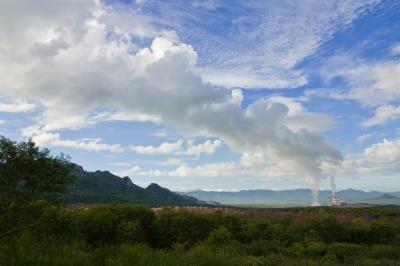Many investors have yet to build exposure into risk models

Failure to consider the impact of climate change on infrastructure assets is leaving major developments exposed to increased long-term physical risks, according to Marsh.
Its report, Sustainable Infrastructure – Weathering the Storms, says the sustainability of infrastructure assets should be assessed at the project inception stage and throughout the asset’s lifecycle.
But many investors have yet to build climate change into their risk models.
This is particularly the case for those operating in sectors or geographies still largely unaffected by severe weather or environmental pollution.
Dr Cliff Warman, Marsh’s Environmental Practice Leader, Europe, the Middle East and Africa (EMEA), said: “The physical damage to property assets and infrastructure as a result of severe weather events such as storms, floods and droughts globally is having a direct impact on society and business, particularly in more fragile and developing economies.
“While some infrastructure investors are starting to take environmental risk criteria into account when undertaking project appraisals, there is a prevailing lack of urgency among firms that have yet to be affected by the changing climate and extreme weather.”
The report considers how key stakeholders involved in infrastructure development can implement best practice and manage the risks associated with climate change more effectively.
Methods include wider climate change risk due diligence, which improves project delivery and operational efficiency throughout the asset lifecycle; more effective management of Force Majeure risks in a long-term economically sustainable form between the public and private sectors; and how the impairment of debt servicing capabilities can be avoided through more robust risk pricing and risk mitigation measures.
Martin Bennett, Head of Infrastructure Risk Advisory Services for Marsh, said: “We face an uncertain future and climate change will continue to challenge the nature of infrastructure investments. It cannot be overlooked where investment is being made in infrastructure that is expected to perform for many decades.”




















No comments yet